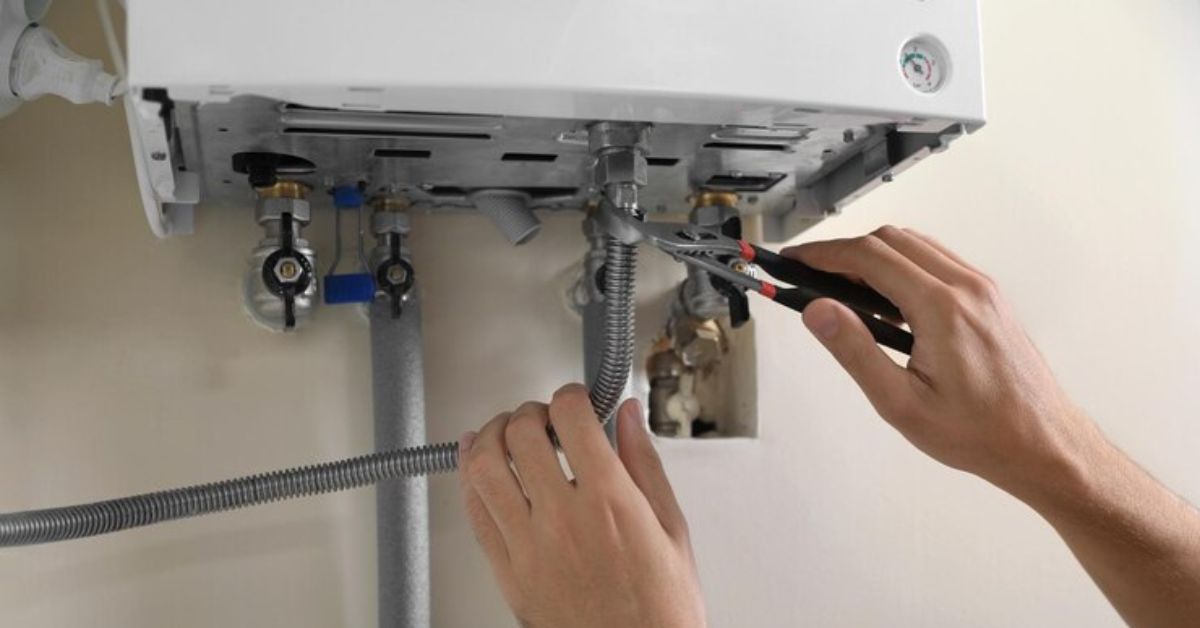Understanding the Basics of Water Heaters
Water heaters are an indispensable part of modern households, quietly delivering the comfort of warm or hot water with just a twist of a tap. They are available in several types, each tailored to meet varied heating needs and preferences. Tankless water heaters, for instance, are favored for their ability to supply endless hot water without occupying much space, as they don’t require a holding tank. These systems excel in energy efficiency by heating water only when needed, thereby reducing energy wastage—a significant benefit for environmentally conscious homeowners.
Conversely, traditional tank water heaters have been a mainstay for years, offering a constant reservoir of heated water. These systems can be more advantageous in settings with a high simultaneous demand, like multi-member households. Moreover, innovative options like hybrid water heaters combine a heat pump with standard electrical units to maximize energy savings. Those considering cutting-edge technology may find solar water heaters appealing due to their use of renewable energy sources. Selecting the right option hinges on assessing your family’s hot water needs, budget, and environmental priorities. If you are contemplating water heater installation Honolulu, understanding these types thoroughly can ensure optimal satisfaction and performance.
Pre-Installation Considerations
Before beginning the installation process, several pre-installation considerations are worth considering. The first is the unit’s energy efficiency. Opting for a high-efficiency model can lead to significant savings on energy bills over time, which is particularly crucial given the fluctuating nature of energy prices. Homeowners should also assess the ideal size to match their household’s hot water demand. An undersized heater may struggle during peak usage, causing frustrations, while an oversized unit would consume more energy than necessary.
Furthermore, compliance with local plumbing and electrical codes is essential. These regulations are not mere formalities; they are designed to maintain safety and performance standards. Failure to comply with these regulations may result in penalties or unintended harm during operation.
Researching local permits and zoning laws can streamline the installation process and prevent legal complications. To dive deeper into how to make energy-efficient choices for your water heater, resources supported by the government are a valuable source of information that can assist in decision-making and execution.
Step-by-Step Installation Guide
- Gather Necessary Tools and Materials: Begin by collecting all the necessary tools and materials, including adjustable wrenches, pipe cutters, Teflon tape, and safety equipment. Having materials on hand will make the process smoother and allow for quick adjustments.
- Shut Off Existing Water Supply and Power: This crucial safety step involves turning off the water supply and the circuit breaker connected to the water heater. Ensuring there’s no active flow prevents water leaks and power surges during the swap.
- Remove Old Water Heater Safely: Carefully uninstall the existing unit by first draining it fully and disconnecting the water and power lines. Comply with local regulations regarding disposal, which may include recycling parts to promote environmental sustainability.
- Prepare the Installation Site: Assess and clean the designated area for the water heater. Confirm that all measurements align so fitting the new unit won’t require last-minute adjustments. Laying out connection points in advance minimizes errors.
Safety Tips for DIY Installation
Safety should always be the foremost concern when handling installations. Prepare yourself with safety equipment, such as gloves and goggles, to reduce the risk of injuries. Working with water and electrical connections simultaneously can be hazardous, making adherence to safety guidelines non-negotiable. Missteps can lead to electrical shocks or plumbing leaks; hence, taking preventative measures is essential. If you’re just starting with DIY projects, getting to know practical guidance, such as DIY plumbing tips from trustworthy sources
Common Installation Challenges
Installation is seldom without hiccups. Leaks caused by improper sealing or connections are among the most common issues, posing risks such as water damage and increased utility costs. Double-check each fitting and use quality Teflon tape for seals to mitigate this problem. Electrical challenges can arise, especially in homes with outdated wiring systems. Relying on strained or incorrect electrical connections can lead to malfunctions, so securing wiring correctly is essential. Space limitations also pose a unique challenge, particularly in smaller homes or apartments. Here, selecting a tankless model or utilizing vertical space can serve as a practical solution to spatial constraints.
Maintaining Your Water Heater
After installation, consistent maintenance is crucial for ensuring the durability and effective functioning of your water heater. By establishing a routine of checking for leaks and sediment buildup, as well as inspecting the anode rod, you can prolong the unit’s life and ensure consistent performance. If sediment accumulates in a tank model, it can reduce the heater’s efficiency. Flushing the tank periodically prevents this buildup. Regular inspections also help identify minor issues before they escalate into costly repairs. For a comprehensive guide on proper maintenance techniques, including step-by-step instructions, visit This Old House. Regular maintenance not only reduces costs but also provides reassurance that your system operates efficiently.
Environmental Considerations
As environmental awareness grows, many homeowners look for water heater options that align with sustainable practices. Solar water heaters, which harness the sun’s energy to heat water, are a prime example of utilizing renewable energy to reduce electricity consumption. Similarly, selecting high-efficiency units designed for lower energy consumption contributes to a reduced carbon footprint, a key factor for eco-conscious consumers. Investing in eco-friendly models supports global climate objectives by lowering household energy demands and greenhouse gas emissions. The initial cost may be higher, but government incentives often offset this, making them a financially viable choice in the long run.
When to Hire a Professional
While DIY projects can be gratifying, certain installation conditions necessitate the expertise of a professional. Complex systems, especially those involving gas lines or requiring substantial plumbing adjustments, are best left to certified technicians. Professionals not only ensure adherence to safety and building codes but also optimize the system for performance. The expense associated with hiring trained personnel pales in comparison to the potential costs of rectifying amateur mistakes, such as leaks or electrical hazards. By choosing professional installation, you protect your investment and gain reassurance that your new system meets all safety and efficiency regulations.
Read More : Sungdayer: Exploring Its Meaning and Significance

